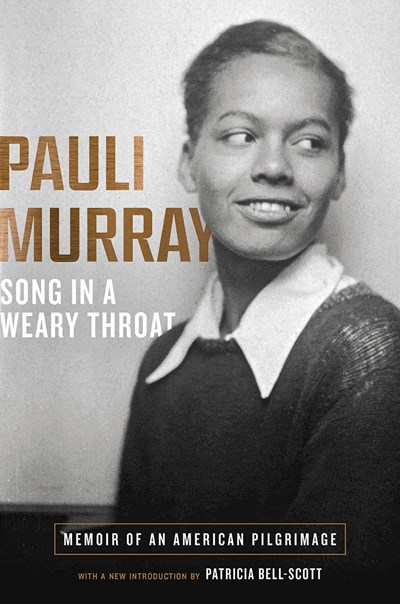Look around. What injustice do you see? What change needs to happen? Get on the bus. Make it happen. There will be a cost.~from Buses are a Comin' by Charles Person
"We intended to be the change," Charles Person writes in the prologue of his memoir Buses are a Comin'.
Sixty years ago, Person walked away from a college education, walked away from the safety of his family's love, and boarded a bus headed for the deep south. He and his companions, black and white, old and young, male and female, were determined to challenge the illegal practice of segregation on the buses.
Person wanted the dignity, respect, and the privileges that whites took for granted. He could have chosen safety. But he heard the call to "do something" and answered it. The Supreme Court had ruled against segregation on the buses, but Jim Crow ruled the south.
He was eighteen when he donned his Sunday suit and joined the Freedom Riders. Over the summer of 1961, four hundred Americans participated in sixty-three Freedom Rides. Four hundred Americans put themselves into harm's way because they believed that "all men are created equal."
Person mentions the well-remembered leaders of the Civil Rights movement, but they are not the only heroes. This is the story of the people who did the hard work, whose names are not on city street signs. The students, ministers, homemakers, writers, social workers, people from across the country who believed in E pluribus unum.
One of the heroes in the book is Jim Peck, a wealthy, white man who was severely beaten by white supremacists and still got back on the bus. It baffled Person how a man with everything would give so much for the rights of another.
Person's voice and personality come through the memoir. It is the story of a young man finding his purpose, committing himself to nonviolence, knowing he would face jail and beatings and death.
I have seen the documentaries and I have read the history. But a memoir brings something new to the story. Person's first hand account is moving, his words have rhythm and lyricism, his story takes us into hell, and finally, into hope.
If they could stand up to power, we can, too. Every generation has its purpose.
I received a free ebook from the publisher through NetGalley. My review is fair and unbiased.
by Charles Person; Richard Rooker
St. Martin's Press
Pub Date: April 27, 2021
ISBN: 9781250274199
hard cover $26.99 (USD)
A firsthand exploration of the cost of boarding the bus of change to move America forward—written by one of the Civil Rights Movement's pioneers.
At 18, Charles Person was the youngest of the original Freedom Riders, key figures in the U.S. Civil Rights Movement who left Washington, D.C. by bus in 1961, headed for New Orleans. This purposeful mix of black and white, male and female activists—including future Congressman John Lewis, Congress of Racial Equality Director James Farmer, Reverend Benjamin Elton Cox, journalist and pacifist James Peck, and CORE field secretary Genevieve Hughes—set out to discover whether America would abide by a Supreme Court decision that ruled segregation unconstitutional in bus depots, waiting areas, restaurants, and restrooms nationwide.
The Freedom Riders found their answer. No. Southern states would continue to disregard federal law and use violence to enforce racial segregation. One bus was burned to a shell; the second, which Charles rode, was set upon by a mob that beat the Riders nearly to death.
Buses Are a Comin’ provides a front-row view of the struggle to belong in America, as Charles leads his colleagues off the bus, into the station, into the mob, and into history to help defeat segregation’s violent grip on African American lives. It is also a challenge from a teenager of a previous era to the young people of today: become agents of transformation. Stand firm. Create a more just and moral country where students have a voice, youth can make a difference, and everyone belongs.



























